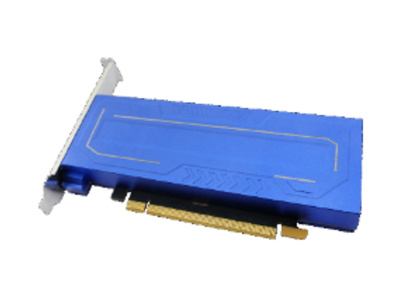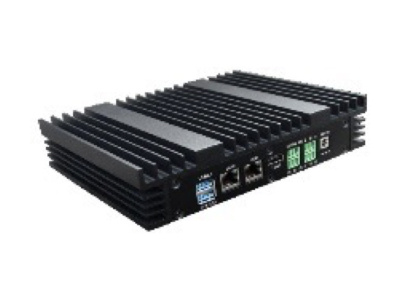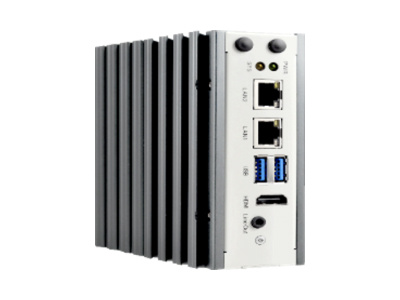Introduction
- Objective
On the Milk-V Duo 256MB, fully utilize its hardware resources (especially the NPU's computational power) to develop an action-based mini-game with motion interaction. Integrate the LVGL graphics library for game interface development and use the NPU to accelerate inference for fast and accurate recognition of gestures and movements. This task aims to explore the application potential of the Milk-V Duo in the field of high-performance motion-sensing games.
- Detailed Task Description
1. LVGL Graphics Library Porting and Optimization:
a. Successfully adapt the LVGL graphics library to the Milk-V Duo 256MB version, ensuring efficient and smooth graphic rendering.
b. Implement dynamic elements within the game interface.
2. NPU-Enhanced Motion Sensing Recognition System Development:
a. Develop a motion sensing recognition module that utilizes the NPU's computational power, capturing the user's gestures and movements through a camera.
b. Use the NPU for inference of deep learning models to improve the accuracy and response speed of motion recognition.
c. Recognize at least three basic movements, such as: waving (character movement), jumping (character jump), and crouching (character crouch).
3. Mini Game Design and Implementation:
a. Design and implement a simple 2D motion-sensing mini-game, such as a platform jumper or rhythm game.
b. The game should include basic game logic, such as character control, scoring system, level design, and game over conditions.
4. User Interface and Interaction:
a. Design an intuitive user interface that displays game status, score, and motion prompts.
b. Implement functions for starting, pausing, resetting, and tutorials, supporting operation through motion-based actions.
- Performance Requirements
- The motion recognition module should have a high accuracy rate and be able to work stably under various lighting and background conditions.
- The game should run smoothly, with a delay from motion recognition to game response of no more than 50 milliseconds, fully utilizing the NPU's high-speed processing capability.
- While ensuring motion recognition, game logic, and user interface display, optimize memory allocation to ensure it does not exceed the 256MB memory limit.
- Acceptance Criteria
- The LVGL graphics library runs stably on the Milk-V Duo, with a clear game interface display and is fully optimized using the NPU.
- The NPU-enhanced motion recognition module accurately identifies preset movements without significant errors and responds quickly.
- The mini-game runs smoothly, with clear game logic, an accurate scoring system, and reasonable level design.
- The user interface responds quickly, operates without significant delay, and has no obvious bugs.
- The submitted project should include complete source code, documentation, and necessary resource files for subsequent maintenance and optimization.
By completing this task, developers will be able to demonstrate the application potential of the Milk-V Duo in the field of motion-sensing games, especially the advantages of using NPU computational power for efficient motion recognition. This will provide users with a new, immersive gaming experience while offering developers valuable practical experience in high-performance motion interaction technology.


















































